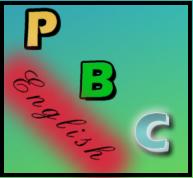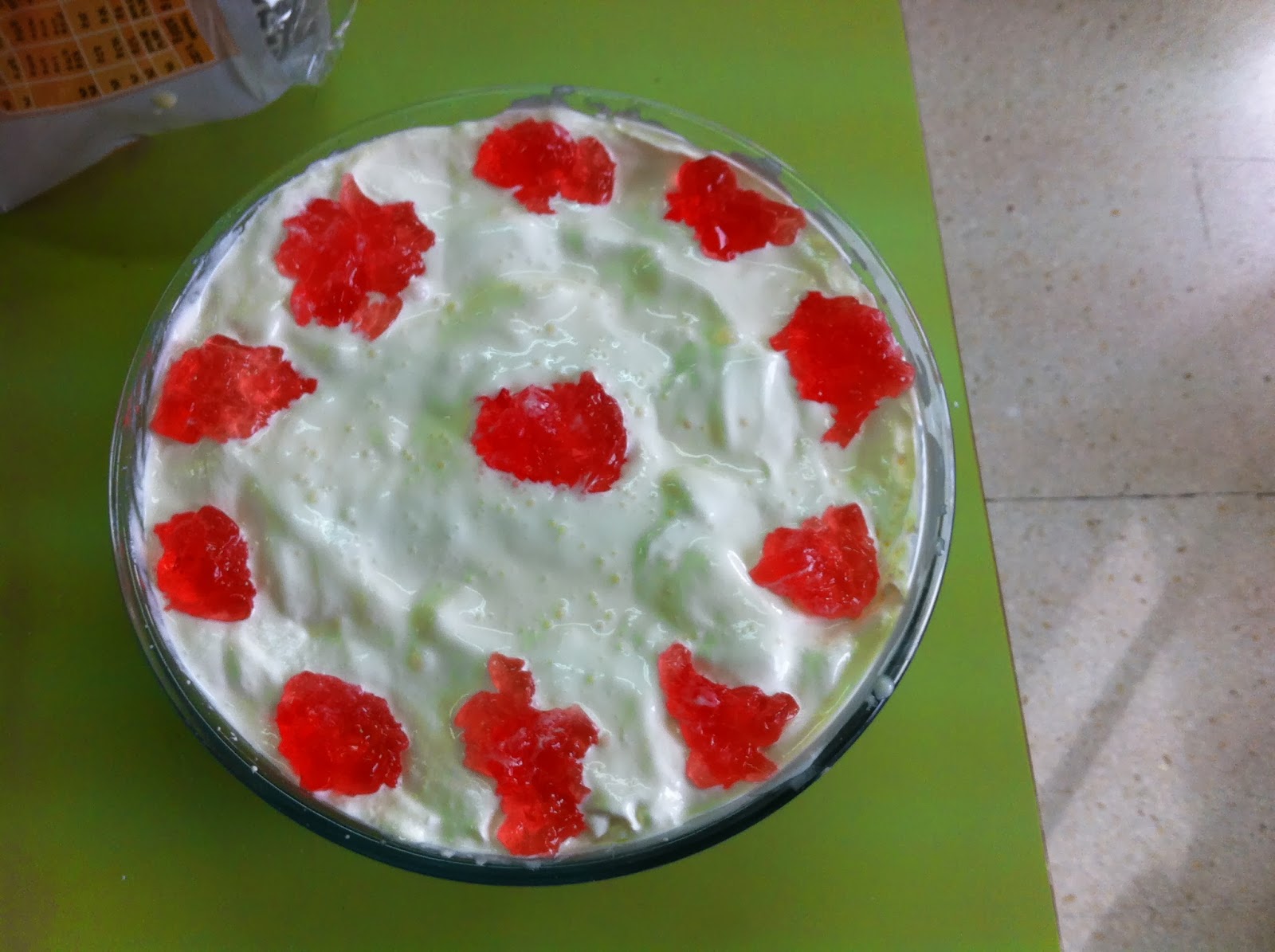I
Los
primeros rayos de sol se colaban por los ventanales de la habitación. Aquel
antiguo gimnasio de colegio con salida a un pequeño patio rectangular, donde
pasaban los recreos los alumnos de infantil, les había servido de cobijo durante
meses. Amelia levantó con mucho cuidado la capota del capazo para evitar que la
claridad de la mañana despertara al pequeño Gus. Giró la cabeza y con un
susurro apenas imperceptible -“es la hora”- señaló a su hijo el camino de la
puerta. Gus, padre, que hacía ya un par de horas que esperaba este momento, se
levantó con sigilo y abandonó la iluminada habitación en dirección a la cocina.
Ambos sabían que el llanto de un bebé podía ser un reclamo fatal en la época
que les tocaba vivir, así que tenían que adelantarse a cualquier necesidad del
pequeño. El bebé empezó a sollozar levemente. Amelia terminó de abrir las
puertas que daban al patio y se acercó al capazo, envolvió con un arrullo al
bebé y lo acunó suavemente en sus brazos hasta que se calmó. Todas las mañanas
era el mismo ritual, todo funcionaba como un reloj. Por eso, Amelia supo
enseguida que algo no iba bien cuando escuchó el crujido de ramas secas que
provenía del patio. Lentamente se giró y sus ojos encontraron los de otra
mujer, ensangrentados, fijos en los suyos. Amelia quedó paralizada por el MIEDO
y no pudo hacer más que apretar al pequeño Gus contra su pecho. Mientras Amelia
seguía hipnotizada en los ojos y el rostro desfigurado de aquel ser, dos crías
de Nueva Era aparecieron tras ella, olfateando, golpeando sus dientes mientras
abrían y cerraban su boca y emitiendo ese sonido gutural, desquiciante que
tenían por lenguaje.
II
Gus
había habilitado la cocina al fondo de un largo corredor en lo que antaño fuera
una sala de reuniones. La oscuridad reinaba en aquel largo pasillo, todas las
puertas estaban apuntaladas, lo que permitía tener a baja temperatura la cocina
y la despensa, para una mejor conservación de los alimentos. Gus avanzaba con
los brazos extendidos, tocando las paredes y los marcos de las puertas para
orientarse. Al llegar a la habitación del fondo, retiró un pequeño panel de una
de las ventanas y se dirigió hacia la despensa para coger algo de fruta.
Desenvainó uno de los cuchillos que llevaba en el cinturón y pese a la poca visibilidad
empezó a pelar unas peras con rapidez y precisión. Gus siempre acudía a la
cocina bien abrigado por la baja temperatura de esta, pero de repente sintió un
escalofrío por la espalda como si la temperatura hubiera bajado de golpe. Giró
su cabeza lentamente y a través del hilo de luz distinguió, parado en medio de
la habitación, un Nueva Era adulto. No pudo evitar fijarse por un segundo en
sus ojos ensangrentados, pero desvió rápidamente la vista, era por todos sabido
que tenían un efecto hipnotizador. El Nueva Era tenía los labios destrozados,
como un tic nervioso no dejaba de mordérselos de arriba abajo, de izquierda a
derecha, dejando regueros finos de sangre que caían de las heridas. Por el
largo pasillo avanzaban sonidos guturales provenientes del gimnasio. Gus
conocía su forma de rondar, los Nueva Era nunca iban solos, a veces en grupos
de adultos, pero casi siempre con crías a las que estaban enseñando a cazar. De
un movimiento rápido e imperceptible por la oscuridad, Gus lanzó un certero
hachazo que partió el cráneo de aquel ser a la mitad. De dos patadas lo apartó
de la puerta y corrió con piernas de plomo a lo largo de aquel pasillo que
parecía alargarse por momentos. La luz estaba cada vez más cerca, Gus dirigió
la mirada hacia su cinturón en busca de un nuevo cuchillo cuando recibió un
gran topetazo en la cabeza que lo empotró contra la pared. Se sintió mareado y
apenas veía nada pero notó como otro Nueva Era adulto se abalanzaba sobre él.
Como pudo evitó el primer envite, pero al segundo intento notó los afilados
dientes de aquel salvaje hundiéndose en los
dedos de su mano izquierda. Con la diestra y mientras la bestia se
ensañaba mordiendo, alcanzó uno de sus cuchillos y pudo rebanarle el cuello.
Sin apenas pensarlo pero con conciencia de lo que hacía, limpió el cuchillo con
la sangre del Nueva Era y de un golpe seco y rápido se amputó los tres dedos
que le había mordido. El veneno de ese ser no correría ni un segundo por su
sangre pensó. -¡Gus, Gus!- empezó a resonar por el pasillo justo después del
alarido por la amputación. -¡Gus, Gus!- repitió con desesperación mientras
corría hacia el gimnasio y parecía no avanzar. -¡Gus, Gus!- -¡Gus, capitán!-
-¡Gus, capitán!- se oía cada vez más lejano uno y más cercano el otro -¡Gus,
capitán!- ¡Capitán! Gritó por última vez el alférez Martínez antes de zarandear
al capitán Gus Rodríguez.
III
- Mi
capitán, despierte- dijo un acelerado Martínez.
Totalmente
desorientado y empapado en sudor el capitán general de la resistencia del área
beta abrió los ojos y se incorporó sobre sus codos. El oscuro y estrecho
corredor había dado paso a un barracón de paredes verdes y lleno de literas
metálicas con mantas de ese mismo color.
- Mi
capitán- repitió Martínez con tono más pausado- Gus- se permitió por tantos
años de servicio conjunto- ¿Otra vez las pesadillas?
El capitán
se incorporó sentándose en la litera y cogiendo algo de la mesilla.
- ¿Cuál es
la situación? Preguntó sin responder a lo anterior.
- Parece
ser que han descubierto la base señor, hay una avanzada muy numerosa de Nueva
Era.
- ¿Cuántos?
Inquirió sin cambiar el semblante.
- Se estima
que unos quinientos mil- apuntó Martínez después de un breve silencio.
- En
seguida voy- dijo Gus sin girarse mientras se ajustaba y miraba fijamente su
guante de cuero negro de solo dos dedos y la inscripción A/G en la palma-
Pronto estaremos juntos- susurró.


























